Sometimes, the excessive aspirations of politicians, officials, architects, and investors result in a negative outcome. In numerous countries, constructions that were intended to enhance reputation and status have instead become a superfluous burden. Here, we present 12 buildings that were initially envisioned as representations of the dominance of affluence and modernity but are now subjects of intense scrutiny, emblematic of the mishandling and exploitation by those in authority.
Did you know?
The term "grands travaux inutiles" is now prevalent in Belgium, denoting extravagant and impractical properties that incur enormous costs - either over-designed, unfinished, or altogether unused. These constructions lead to not only unnecessary financial expenditure but also environmental destruction, damage to pre-existing buildings, and the squandering of precious space and building materials.
Naturally, evaluating these buildings is not always a simple matter, as some individuals may denounce the vast, underutilized spaces of the tallest skyscrapers, while others may relish their construction and the stunning vistas from their uppermost floors. The list presented is certainly not comprehensive, so which other buildings would you suggest adding to it?
Montreal Olympic Stadium
When it comes to exceeding the original investment budget, the Olympic Stadium in Montreal is among the world record holders. It's hard to believe that the construction cost – initially estimated at 148 million dollars – has now ballooned to a staggering three billion dollars, making it one of the worst offenders worldwide in terms of cost overrun, reaching nearly 2000% above the original estimate. 🤯

Additionally, the construction and commissioning of the stadium was fraught with delays. Designed by Robert Taillibert, the stadium was meant to be completed in time for the 1976 Summer Olympics. While critical work was finished just before the start of the games, other important tasks, such as the tower erection and roof installation, were not completed until 1987. Unfortunately, the stadium's roof was also prone to damage, leading to the cancellation of two Rolling Stones concerts in 1998 due to weight-bearing issues caused by ice and snow.
Ryugyŏng hotel in Pyongyang
The North Korean capital's landscape boasts the world's tallest hotel, which was meant to be completed in two years as a symbol of Eternal President Kim Ir Sen's power. However, due to a severe economic crisis compounded by drought and famine in the early 1990s, construction was interrupted. Later, an inspection by the European Union's Chamber of Commerce revealed the building's poor-quality concrete and recommended its demolition.

Fortunately, funding from Orascom, an Egyptian telecommunications operator, allowed work on the exterior to resume and finish in 2011. Despite completion, the Ryugyŏng is often referred to as a 'doomsday hotel.' The 105-floor, 330-meter-high structure has 3,000 rooms and cost around $750 million to build. While the interior was announced as completed in 2012, the glass pyramid remains closed to guests. In 2016, speculation about the hotel's opening arose when the lights were turned on inside
The Palace of the Parliament in Bucharest
It's unlikely that many people would guess that Romania, a financially struggling country, is home to one of the world's largest buildings. The edifice has a total area of 365,000 square meters and comprises 1,100 rooms, including 440 offices, four restaurants, and three libraries. The ballroom alone spans 2,200 square meters, and it takes roughly 45 minutes to walk around the entire complex's perimeter. Despite 70% of the building remaining unused, the cost of heating and lighting amounts to over $6 million annually.

The colossal structure was commissioned by Romanian dictator Nicolae Ceausescu, who envisioned it as a multi-functional facility that could serve as the presidential palace, parliamentary chamber, council of ministers' chancellery, and Supreme Court meeting room. Construction began in 1984, and its impact was felt not just in terms of financial costs but also in the form of the 520 hectares of former urban development that were demolished, the displacement of roughly 40,000 residents, and the destruction of numerous churches and hospitals.
Jantar Mantar in Jaipur
Even in the distant past, there are examples of ill-conceived construction decisions. One such instance was the construction of a vast astronomical observatory in Jaipur by Sawai Jai Singh II, an Indian maharaja who also had an interest in astronomy. It's worth noting that this was not his first observatory - he built a total of five across different Indian cities.

The ruler's intention was to validate Ptolemy's measurements, as he suspected that the ancient astronomer had used instruments that were too small. To achieve this, the Maharaja constructed 19 stone astronomical instruments, sparing no expense in the process. The sundial he built still holds the title of the largest sundial globally. Unfortunately, the larger size of the instruments led to imprecise measurements. Despite this setback, the Jaipur Observatory has been recognized as a UNESCO World Heritage Site, as it is the most well-preserved complex of its kind in India from the first half of the 18th century.
The city of Naypyidaw
The current capital of Myanmar, formerly known as Burma, is often referred to as a ghost town. The decision to move the country's capital from Rangoon to a newly constructed urban development on the outskirts of the former city of Pyinmany was made in 2005 for political reasons, with the aim of consolidating power in the region. The scale of the city is striking, covering 4800 square kilometres and being six times the size of New York City.

However, reporters from The Guardian described it as reminiscent of post-apocalyptic American suburbs or the eerie settings of David Lynch films. Despite boasting amenities such as streets with up to 20 lanes, a safari park, golf courses, and fast Wi-Fi, luxuries that are absent in other parts of the country, Naypyidaw is a city devoid of people. Despite official statistics suggesting a population of 1 million, the city is eerily empty. Construction reportedly cost up to $4 billion, with a vast number of trees being felled in the process.
Burj Khalifa Dubai
The world's tallest building, located in the Emirates, offers breathtaking views that are a major draw for tourists. So, at a towering height of 828m, or 163 floors, it's no wonder visitors flock to see it. However, despite the building's popularity with tourists, the $1.5 billion price tag seems excessive when considering its space management. A staggering 244 meters (29%) of the building's height are unusable and serve only to extend the structure.

The Council on Tall Buildings and Urban Habitat, an international organization, awarded the Burj Khalifa the dubious distinction of being the world's most unusable skyscraper in 2013. The Burj al Arab, another Dubai skyscraper, is even worse in this regard, with 39% of its height remaining unused.
Bellefonte Nuclear Power Plant
The nuclear power plant in Hollywood, Alabama, began construction in 1974, but its reactors have yet to be commissioned. Despite utilizing 650 hectares of land and costing $5 billion, the reactors are only 55% and 90% complete. Construction of the plant was suspended in 1988 due to a decline in demand and electricity prices in the region. Additionally, the general reluctance to invest in nuclear power hindered further construction.

Although roughly fifty people remained employed at the site for guarding and maintenance, it was not until last year that the site was put up for auction and purchased for $111 million by Nuclear Development LLC, with the aim of creating more than 12,000 jobs and providing energy to all southern states. After more than four decades, could the power plant finally serve a useful purpose? 🧐
Mirabel Airport near Montreal
The aspirations were grandiose: the world's largest airport, designed to supplant the existing Dorval Airport and focus on international passenger traffic. Despite opening in 1975, the Mirabel Airport proved to be an unprofitable venture, as demonstrated by the visitors to the Montreal Olympic Games the following year. The primary hurdle was its distance from the city centre, a daunting 33 kilometres, coupled with inadequate transportation links.
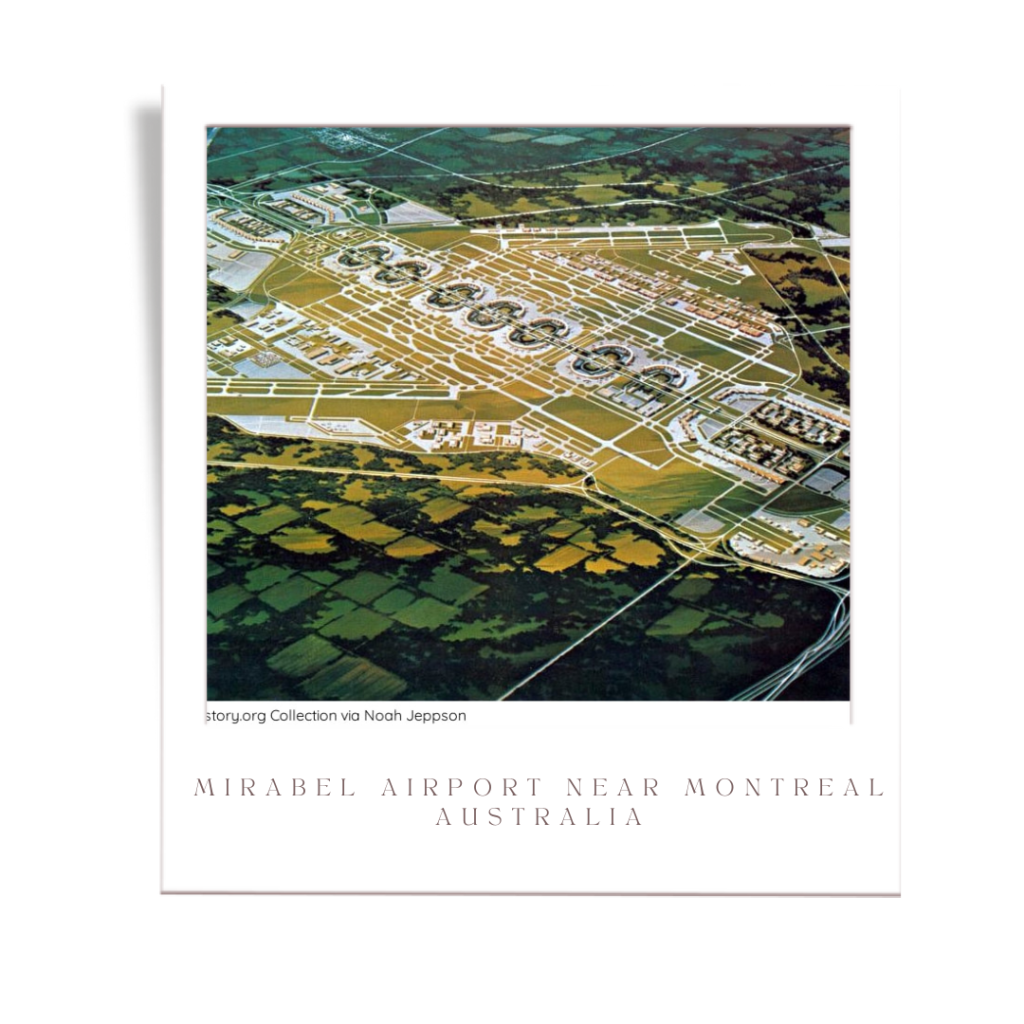
Furthermore, Dorval Airport continued to cater to domestic travel, and its remote location made it challenging for foreign visitors travelling to other Canadian cities, significantly lengthening their travel time. These difficulties resulted in a gradual decline in passenger flights, and only cargo flights continued to operate. The airport premises are now used for the aviation industry, while the passenger terminal was featured in Steven Spielberg's film The Terminal and was demolished in 2014.
Cincinnati Metro, Ohio, United States
Despite several proposals to utilize the remnants of the underground, none have come to fruition, and the tunnels remain abandoned. Nearly a century ago, the city halted its investment in the project due to inflation caused by the war, a substantial rise in the cost of building materials, and political disagreements within the local governing bodies.
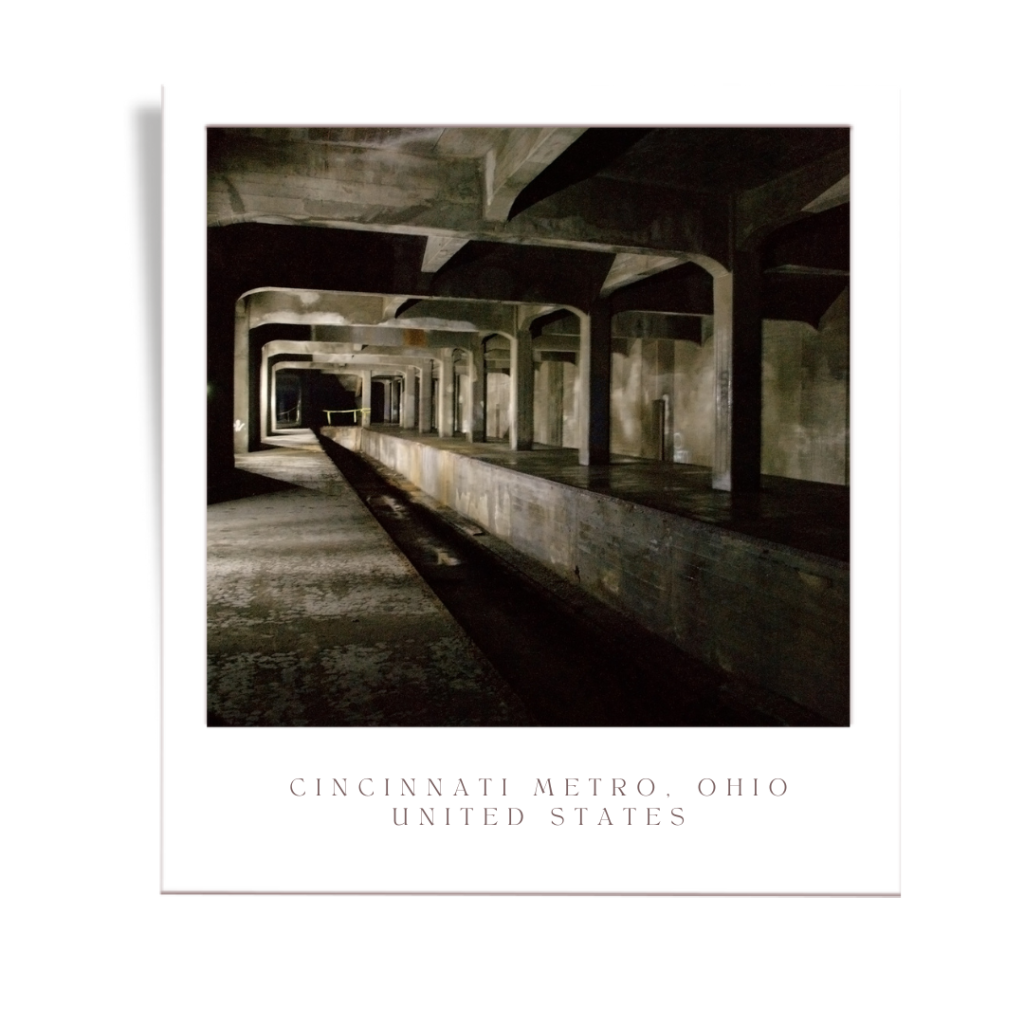
It's worth noting that the underground infrastructure, despite being unused and lacking any development plans, is well-preserved and regularly maintained. This is because the Central Parkway, one of the city's main streets, is built directly over it.
Immigrant Hospital on Ellis Island in New York City
The inaugural public health institution in New York City, commonly known as 'Hospital Number 43', was operational from 1902 to 1951. It was constructed with the purpose of providing medical care to immigrants who had just arrived in the United States. Almost 90% of those admitted were permitted to remain in the country after receiving treatment at the hospital.
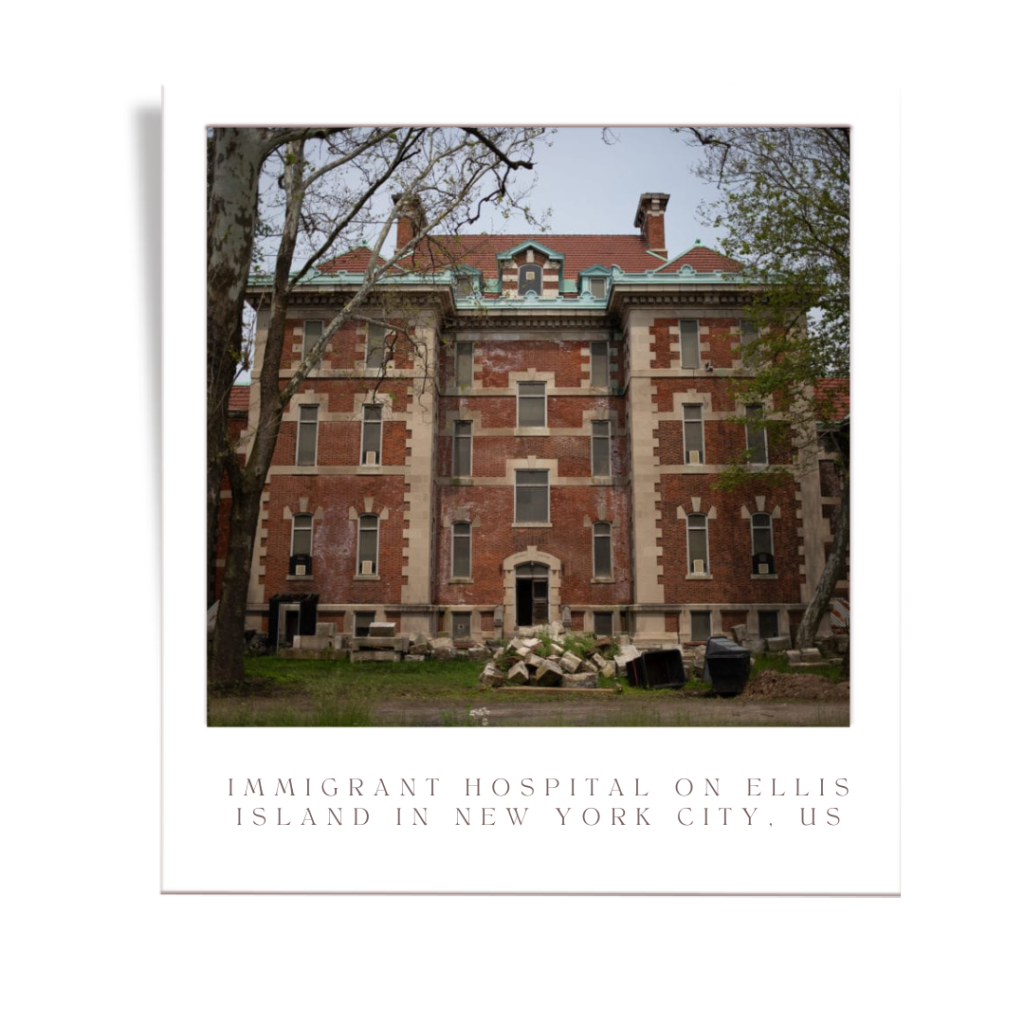
Although a number of facilities were later erected on the site, including the Coast Guard, the hospital was ultimately shuttered in 1954. Currently, the National Park Service organises only limited tourist tours of the building. During its active years, the hospital treated over 250,000 patients, with approximately 4,000 of them passing away.
Maunsell sea forts in the UK
The British Navy constructed Maunsell's forts between 1942 and 1943 in order to aid in anti-aircraft defence against German aggression, with the intention of defending London. There were a total of seven forts constructed, four of which were naval and three land-based, with a total value of approximately £35 million in today's currency.
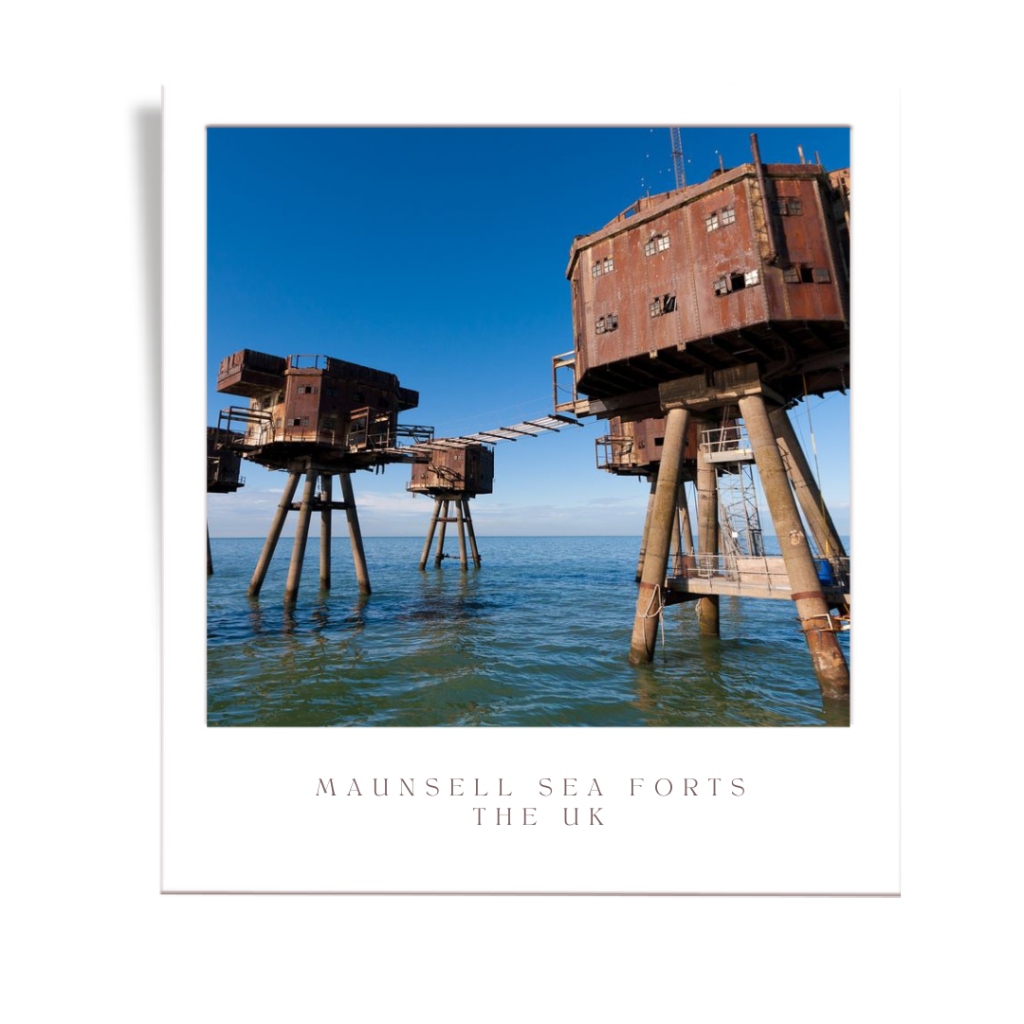
The sea forts were constructed of reinforced concrete and could accommodate up to 100 men. They were equipped with machine guns, light and heavy anti-aircraft guns. After the Second World War, the forts were abandoned, and only two remain today. In the 1960s, they were used for illegal radio stations, but they were eventually banned under the Marine Broadcasting Act of 1967.
Philadelphia State Prison, Pennsylvania
The Eastern State Penitentiary, also referred to as ESP, was constructed in 1829 and cost taxpayers $24 million in today's currency. The exterior of the building resembled a fortified castle and inside, modern facilities ensured that inmates had relatively good living conditions for the time period, including individual cells measuring 8x12x10 feet.
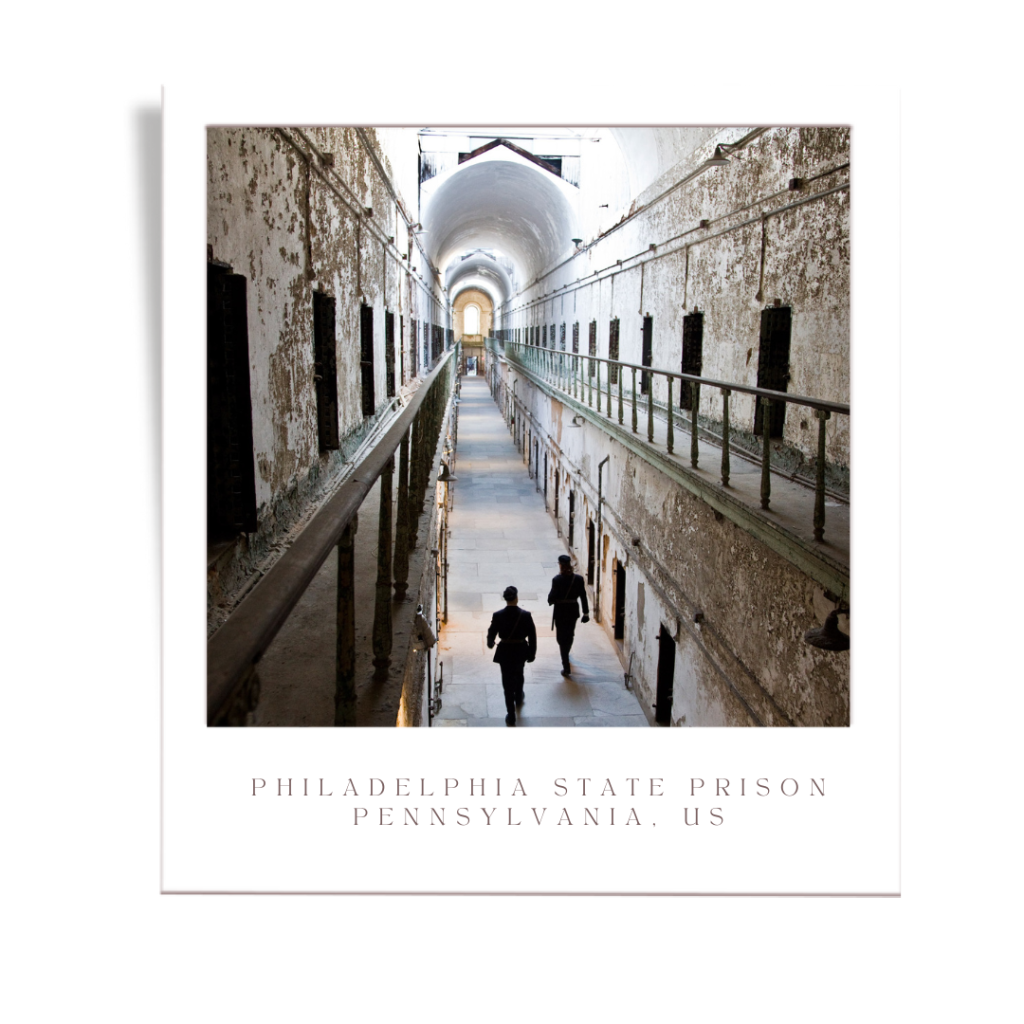
The prison The prison's design quickly became a model for over 300 other structures worldwide. Infamous inmates of ESP State Prison included Al Capone, Willie Sutton, and James Bruno. The prison was closed in 1971 and gradually deteriorated, but now it is open for tourists to visit.


